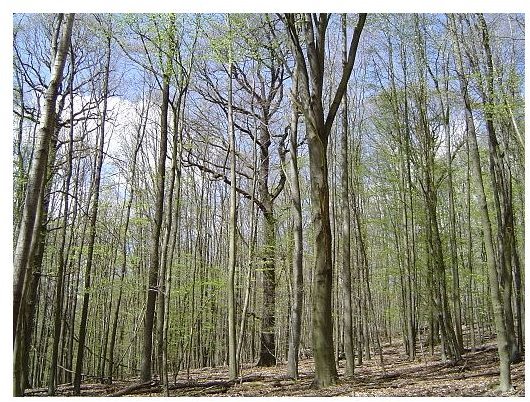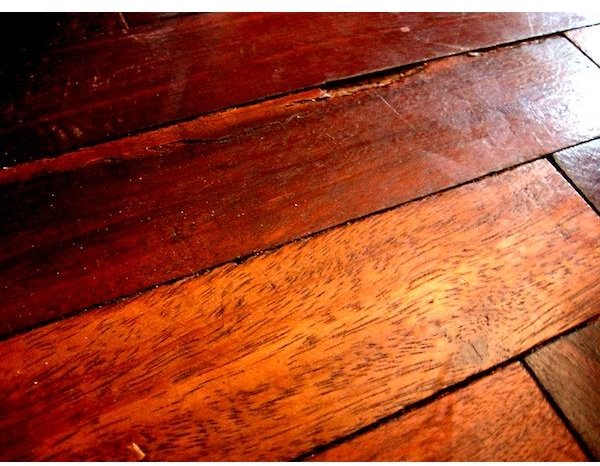Different Types of Eco Flooring: Sustainable Hardwood
Eco Friendly Flooring From Sustainable Hardwoods
There are a number of ways homeowners can enjoy eco flooring, sustainable hardwood being among the best of them. Homeowners appreciate hardwood flooring because it’s beautiful, long-lasting and easy to maintain. An increasing environmental consciousness, however, has concerned many people about their ability to enjoy these benefits without contributing to environmental decline. Fortunately, with green construction practices the best of both worlds is possible – beautiful, durable and easy to maintain hardwood flooring that is grown and produced using sustainable practices.
Sustainable hardwood flooring can come from sustainably-managed forests, through sustainable production practices, or by some combination thereof.
Different Types of Sustainable Hardwood Flooring
Certified Hardwood Flooring
The Forest Stewardship Council (FSC) certifies wood according to stringent ecological and forest management criteria. The FSC’s 57 criteria for certifying sustainable wood range from minimizing use of chemical fertilizers and pesticides to protecting area wildlife to guaranteeing loggers the ability to unionize. Sustainable forestry practices include selectively cutting down individual trees rather than clear-cutting whole swaths of the forests at once. Sustainable forest managers are also careful to repopulate forests, planting new trees to replace old ones as they are removed.
All FSC certified wood is marked by a Chain of Custody number that traces its roots back, literally, to the source. Many homeowners particularly appreciate this aspect of FSC certified hardwood as it gives their flooring character and a personal history, the story of which they can delight in sharing with family and friends for years to come.
The Forest Stewardship Council certifies most of the same popular hardwoods commonly available for flooring, including maple, cherry and oak. In terms of cost, FSC-certified wood is also comparable to traditionally manufactured hardwoods.
**
Reclaimed Hardwood Flooring
Reusing wood already processed at least once prior is another way to achieve sustainability in hardwood flooring. This is often the case when people install old barn boards as flooring. These wide, hardy boards are reclaimed from old, unused barns and given a second life as someone’s beautiful floor. Other examples of reclaimed hardwood used to make sustainable flooring are timbers salvaged out of abandoned buildings, logs retrieved from river bottoms after dropping from transport boats on the way to be milled and fallen palm trees on coconut plantations. All these timbers are then remilled into hardwoods as attractive as any hardwood flooring produced from new wood.
The benefits of reclaimed hardwood flooring are numerous. Reutilizing previously used wood keeps all that material from ending up as waste and prevents unnecessary impact on existing forests to fill those flooring needs.
As a building material, reclaimed hardwood is typically stronger and longer-lasting than many hardwoods produced today. That’s because in the past, most of the wood used for hardwood flooring was made from old growth trees that grew slowly, over a long period of time, creating tighter grains, producing hardwood that was generally stronger, straighter and more attractive.
Much of the hardwood produced today comes from tree farms designed to grow trees fast and harvest them just as hastily. This produces typically weak and flimsy boards that don’t provide nearly the life of their predecessors. Because of stricter environmental guidelines now imposed on home construction, using reclaimed lumber is the only way today’s builders and homeowners can utilize old growth hardwoods in their flooring. For this reason, you can often find reclaimed hardwood in varieties no longer permitted for harvesting and manufacturing, allowing homeowners to feature a rare and unique distinction in their homes.
Reclaimed hardwood flooring also benefits from having already gone through ages of seasonal expansion and contraction, causing it to maintain its place and appearance better and longer than flooring from new hardwood that still has to endure these processes for many years ahead.
Suppressed Hardwood Flooring

Oftentimes forests grow so dense that their trees become prone to disease and fire. To prevent this, foresters will periodically thin out their forests, felling the smaller, younger trees beneath the canopy for the sake of the larger, stronger ones. Utilizing hardwood produced from these trees can be considered green construction as it allows for the preservation of the overall forest without creating unnecessary waste.
Engineered Flooring
Engineered flooring is produced by gluing wood chips or layers together and covering it with a hardwood veneer. Because engineered flooring utilizes more of the tree and therefore fewer trees in the manufacturing of the flooring, it can be considered a green construction material, especially when the glue used to hold the chips and veneer together is a low VOC adhesive.
VOCs, or volatile organic compounds, are chemicals harmful to both the environment and human beings. Breathing in these VOCs, the same types of compounds released by car exhausts that result in smog, has been associated with health problems like memory loss, asthma and even cancer.
While traditionally engineered wood may utilize plywood bonded with glues containing formaldehyde and other VOCs, some engineered wood flooring these days is produced with low VOC alternatives and even installed with low VOC finishes.
Other Sustainable Hardwood Practices
Using regional hardwoods stimulates the local economy. When these regional hardwoods are from nuisance trees, the local ecology is aided as well. For example, mesquite is a revered hardwood flooring material but usually prohibitively expensive to process. Yet many localities chemically eradicate mesquite as a pest plant. Using mesquite harvested from these areas instead as hardwood flooring provides value to both ends of that economic scale – the regional economy and the end consumers, not to mention the environment, freeing it of all those chemical agents and reducing demand for hardwood produced from living wood.
For Quality Eco Flooring, Sustainable Hardwood Obliges
Green flooring can be as attractive, durable and comfortable as any of its traditional, non-sustainable alternatives. Green construction with sustainable hardwood flooring can save money in the short and long term and provide homeowners a personal satisfaction that comes from doing their part to care for the planet at large.
Resources
EcoTimber.com: Eco Friendly Flooring Guide
Images:
Reclaimed hardwood floor; MorgueFile
Sustainable forest; Dr. Hans-Peter Ende (Photo) [Public domain], via Wikimedia Commons
